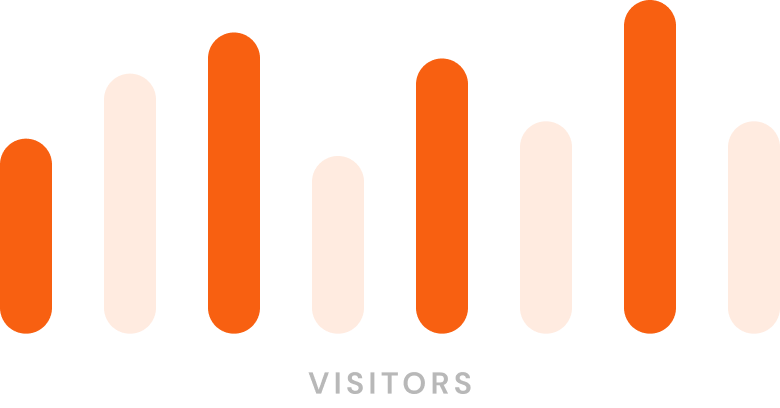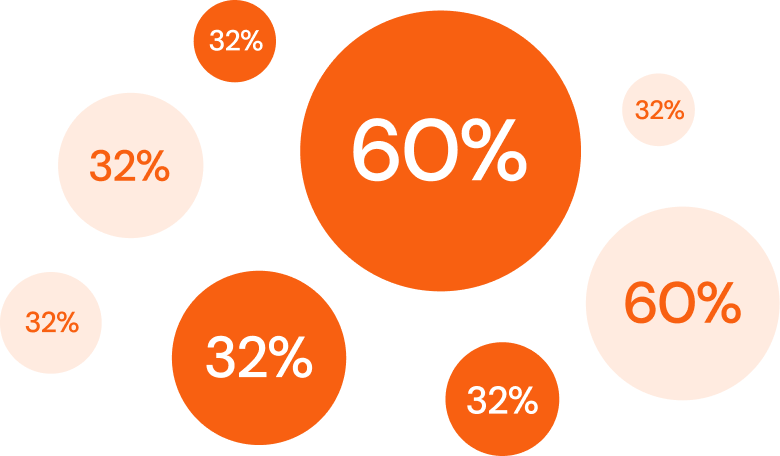The Challenge
Utilising AI and machine learning in marketing and sales, can if done correctly, make your business more efficient.
If your company is like most, you are inundated with data from customer relationship management (CRM) systems, enterprise resource planning (ERP) platforms, market research, customer engagement, marketing automation, customer information, and additional sources.
You have the unrefined data, yet how would you transform that information into intelligence that can assist drive sales and enhance the customer experience?
Using artificial intelligence, your marketing team and salespeople can make predictive models that give you a better understanding of your customers’ behavior, market trends, and new sales opportunities.
Predictive analytics is an incredibly powerful sales instrument that uses historical data, statistical algorithms, and AI to anticipate outcomes based on established trends.
This is certainly not a new discipline (bookies have been doing it for quite a long time), however the increasing volume of accessible data and the developing refinement of artificial intelligence models are making predictive marketing and sales analytics more precise and more valuable for improving sales.
To capitalise on AI for sales, you have to start by filtering expanses of data. Big data techniques can assist you with filtering through the information available, but rather than stirring the ocean for tidbits, you need to figure out where and how to assemble the right digital marketing and sales data.
Automation is an incredible tool for data gathering, storing normalized data from reliable sources such as CRM and other tools in the sales tech stack. Automated data is by and large better-quality data, and it is certainly more affordable to gather.
By gathering the right data and ensuring that it is organized and interconnected, you can utilize machine learning and AI to reveal trends, improve every marketing campaign, and highlight customer opportunities.
We have found that AI and predictive analytics play a particularly valuable role in four areas across sales and the sales enablement tasks performed by every marketer.
245%
Success Rate
Securing finance for business growth and community projects.
#1
Marketing Firm
Pushing the boundaries of marketing emerging technologies.
520+
Business
Supporting individuals and local businesses to achieve more.
“It is amazing how Jude and the team were able to work with us, to improve the content with simple things like changing the TOV (Tone Of Voice), simple English, grammar, adding alt-tags to images, really small and simple things made a world of difference”

Sandy Schadler
Marketing Consultant Expert

1. More Accurate Lead Scoring
Sales prospecting is more precise with AI. Social selling produces more inbound queries for information, yet it is difficult to figure out which of those prospects are ready to make a buying decision.
With predictive analytics, you can assimilate data such as corporate background, demographics, and more to create well-defined consumer profiles. Using comparative consumer profiles already stored in the database, it’s easier to make correlations and identify the qualities that point to a likely sale.
More importantly, you can use analytics to anticipate when to close sales. Analytics can uncover customer need as it relates to your product or service and even create a likely timeline to a final close. The more accurate the predictive profile, the higher the close rate.
2. Guiding Sales Prospects
Personalization has become a crucial piece of the consumer’s sales journey and predictive analytics can assist in triggering responses to queries. By applying machine learning, specific steps can be programmed to automate lead nurturing and qualification, providing a customized experience and also handle objections until the sales rep is prepared to step in.
Predictive analytics can likewise be used to oversee progress and assist with recognizing when the prospect is ready to purchase. How you approach a prospect is as significant as knowing when, and data gathering and analytics can improve sales pitches, showing which subject lines and topics work best.
Analytics can also help create the right sales offer based on business size, budget, and need.
3. Reducing Churn and Upselling
It's common knowledge that the cost of retaining a current customer is negligible compared to of the cost of acquiring a new one. More organizations are restructuring to exploit recurring revenue, thus customer retention and expansion is paramount. Predictive analytics can give you a great insight into customer satisfaction.
For instance, it can show if the customer is underutilizing your service, having issues with support, or looking for new features. Tracking activity can reveal when you may be on the verge of losing customers.
You can likewise create predictive models to distinguish which clients are prepared to buy more. How they use a product or service, or activity such as seeking out more data sheets, blog entries, and website videos could be an indicator that they need additional products.

Conclusion
Though predictive analytics are clearly an incredible asset, finding the most effective method of implementing them is still a challenge. You could recruit software engineers to develop your own predictive analytics models, but more businesses are finding it more cost-effective to outsource sales analytics and predictive modeling.
Whichever way you choose to approach it, predictive analytics can transform the manner in which you approach sales, giving you greater accuracy, more control, and increased revenue.
“It is amazing how Jude and the team were able to work with us, to improve the content with simple things like changing the TOV (Tone Of Voice), simple English, grammar, adding alt-tags to images, really small and simple things made a world of difference”

Lenna Emmer
Marketing Consultant Expert










